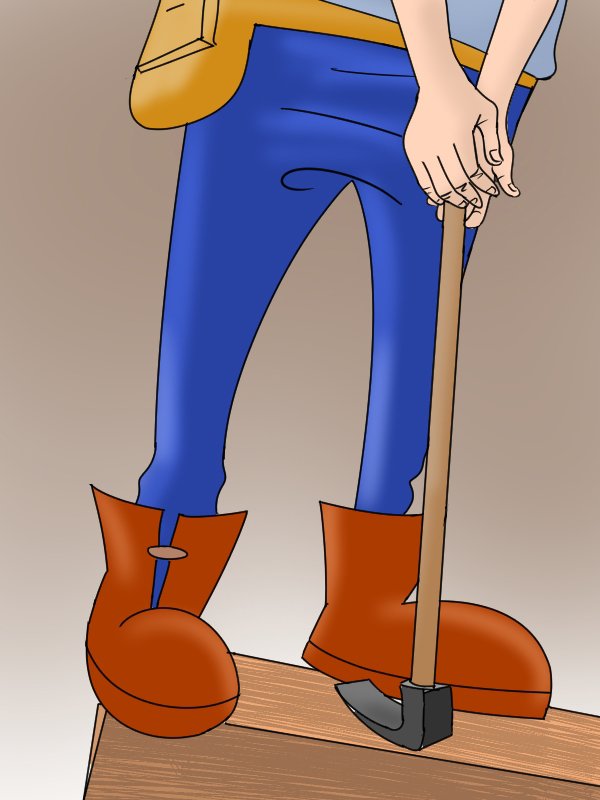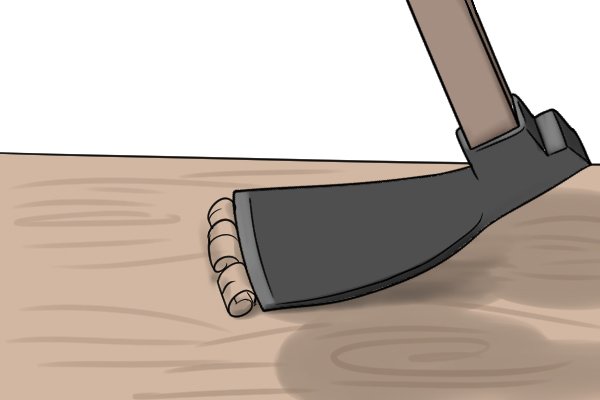

It remains in use for some specialist crafts, for example by coopers. However, the traditional adze has largely been replaced by the sawmill and the powered-plane, at least in industrialised cultures. Modern adzes are made from steel with wooden handles, and enjoy limited use: occasionally in semi-industrial areas, but particularly by "revivalists" such as those at the Colonial Williamsburg cultural center in Virginia, USA. New Guinea and Melanesia Ī craftsman uses an adze to square beams, and to recreate 17th-century colonial life. Final surfacing is sometimes performed with a crooked knife. Where larger Northwest adzes are similar in size to their European counterparts, the smaller sizes are typically much lighter such that they can be used for the detailed smoothing, shaping and surface texturing required for figure carving. As with European adzes, iron shapes include straight, gutter and lipped. Northwest coast adzes are often classified by size and iron shape vs. The D-handle, therefore, provides no mechanical leverage.

The second form is the D-handle adze which is basically an adze iron with a directly attached handle.

Modern hafts are sometimes constructed from a sawed blank with a dowel added for strength at the crook. The thin end is used as the handle and the thick end is flattened and notched such that an adze iron can be lashed to it. The hafted form is similar in form to a European adze with the haft constructed from a natural crooked branch which approximately forms a 60% angle. Northwest coast adzes take two forms: hafted and D-handle.

Native Alaskan boat builder using an adzeĪmerican Northwest coast native peoples traditionally used adzes for both functional construction (from bowls to canoes) and art (from masks to totem poles). At the same time on Henderson Island, a small coral island in eastern Polynesia lacking any rock other than limestone, native populations may have fashioned giant clamshells into adzes. Early period notched adzes found in Northland were primarily made of argillite quarried from locations around the Marlborough and Nelson regions. During the Māori Archaic period found on the North Island were commonly made from greywacke from Motutapu Island or basalt from Ōpito Bay in the Coromandel, similar to adzes constructed on other Pacific Islands. Prehistoric Māori adzes from New Zealand (called toki in Māori) were for wood carving, typically made from pounamu sourced from the South Island. To this day, iron adzes are used all over rural Africa for various purposes - from digging pit latrines, and chopping firewood, to tilling crop fields - whether they are of maize (corn), coffee, tea, pyrethrum, beans, Millett, yams or a plethora of other cash and subsistence crops. Īs Iron Age technology moved south into Africa with migrating ancient Egyptians, they carried their technology with them, including adzes. It was apparently the foreleg of a freshly sacrificed bull or cow with which the mouth was touched. The ahnetjer ( Manuel de Codage transliteration: aH-nTr) depicted as an adze-like instrument, was used in the Opening of the Mouth ceremony, intended to convey power over their senses to statues and mummies. A depiction of an adze was also used as a hieroglyph, representing the consonants stp, "chosen", and used as.


 0 kommentar(er)
0 kommentar(er)
